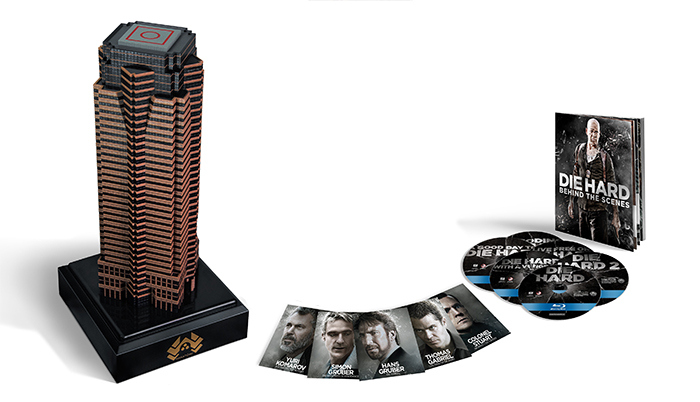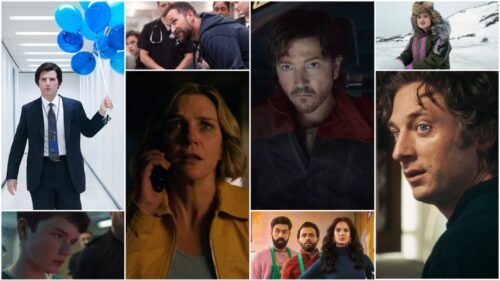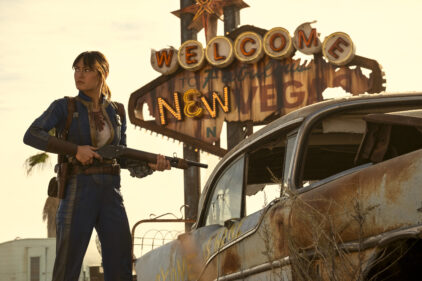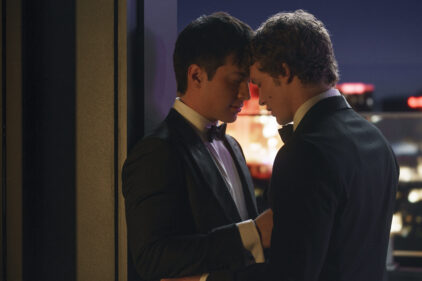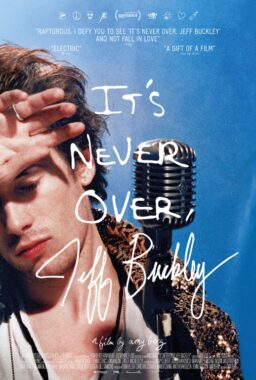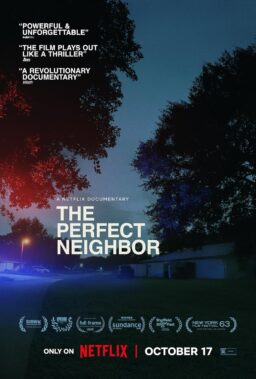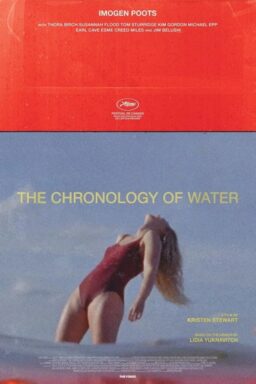“You’re the wrong guy
in the wrong place at the wrong time.”
“Story of my life.”
It’s that time of year when studios package up their hit
franchises in interesting ways, usually boosting their holiday wish list value
with oddities like the flask that comes with “Justified: The Complete Series,”
or the eye-catching box for the just-released “Die Hard: Nakatomi Plaza
Collection,” which comes complete with a towering replica of the titular
location from “Die Hard.” Show off your love for John McClane by letting his
franchise take up a lot of space on your shelf. It’s one of the ways that
collectors indicate their fandom—I like this movie enough to put a plastic
tower on my DVD shelf.
Of course, a release like “Nakatomi Plaza Collection” also
allows for a bit of reassessment and appreciation. Have the “Die Hard” films
held up? Is the set worth picking up for the films alone or is it more of a
collector’s item for a franchise that doesn’t deserve it? I went back through
the five films in the “Die Hard” series, surprised a few times by my response
to them in 2015, and sat through the bonus disc “documentary” (it’s really a
series of featurettes strung together in Play All fashion) “Decoding Die Hard.”
Let’s get to it.

“Die Hard”
I’ve long attested that “Die Hard” isn’t just one of the
most effective action movies of all time, it’s one of the most influential. In
an era dominated by muscle men like Arnold Schwarzenegger and Sylvester
Stallone, the star of TV’s “Moonlighting” was a refreshing change of pace. It helped
usher in the era of the everyman action hero, the guy who finds himself in a
dangerous situation and responds accordingly, in ways we like to hope we would.
Few of us grew up honestly thinking we could be John Rambo, but the appeal of
John McClane was that if we weren’t quite as clever and brave as he was, we
know somebody who was. Part of that was due to Jeb Stuart’s grounding of the
character in family. McClane had marriage problems. He wasn’t perfect. He
simply did what needed to be done under pressure. And, of course, one needn’t
list the number of films that followed “Die Hard”’s gloriously simplistic
structure from “Speed” (“Die Hard” on a bus) to “White House Down” (“Die Hard”
in the White House).
What most people don’t know about “Die Hard” is how many
elements had to click into place for it to even happen. Stuart’s script came
about when he was asked to adapt Roderick Thorp’s novel “Nothing Lasts Forever,”
which was a sequel to “The Detective,” which had been turned into a 1968 film
starring Frank Sinatra. This means that Sinatra, believe it or not, according
to Joel Silver, had to be offered “Die Hard” first. He turned it down. The
studio then wanted Richard Gere for the lead role, but he hesitated. Even John
McTiernan, whose grounded direction would define the franchise, balked at
first. It felt like just another action movie. And when the studio heard that
Cybill Shepherd’s pregnancy was delaying shooting on “Moonlighting” and Silver
wanted a TV star named Bruce Willis for the lead—well, no one had high
expectations. It’s one of those great movies that almost never happened.
Thank God it did. To say that “Die Hard” has held up better
than most action films from the late ‘80s would be a massive understatement. It’s
still a perfect action movie, driven by its tactile, relatable approach to the
genre. Willis, McTiernan, Bonnie Bedelia and Alan Rickman establish the
ridiculousness of their narrative in something so broadly and widely appealing.
“Die Hard” is one of those rare action films that transcends demographics,
appealing to both young and old people, men and women. It is proof that
character, performance, and visual language matter as much as stunt work—a fact
that is still too often forgotten. Action directors should be forced to watch “Die
Hard” before production starts. The genre would be greatly improved.

“Die Hard 2: Die
Harder”
Renny Harlin’s follow-up is undeniably fun, but plays almost
more like a parody of the franchise, even more so than it did in 1990. Harlin,
Willis and Silver knew that they couldn’t give John McClane another “very bad
day” without acknowledging the ridiculousness of it all. And that element of “Die
Harder,” while overplayed a bit, is forgivable. What’s less satisfying is
Harlin’s ’80s aesthetic, right down to the villain played by William Sadler being
introduced naked, spinning and turning off a TV as the sound design produces a
gunshot sound with the click. He’s a bad guy straight out of “Rambo” casting,
and one of several elements that almost make “Die Harder” feel like a product
of the era that “Die Hard” ushered out the back door.
Still, through all of its Harlin-esque excess, there are
things that work about “Die Harder,” including Willis’s fun performance, strong
supporting work by character actors like Dennis Franz and Fred Thompon, and
some great stunt work. It’s ridiculous, but in a fun way, and that won’t be the
last time someone says that about a “Die Hard” movie.

“Die Hard with a
Vengeance”
When a script called “Simon Says” was quickly turned into a “Die
Hard” sequel, many people rolled their eyes. A third “bad day”? This can’t
work. However, “Die Hard with a Vengeance” is the most underrated “Die Hard” film by some
stretch, and a movie that has held up shockingly well. The main reason for that
is McTiernan returning to the franchise, pulling back on the parody throttle
from Harlin’s film and demonstrating his action movie skill again. “Vengeance,”
in which the entirety of New York City basically replaces Nakatomi Plaza, is a
non-stop action flick, propelled by Willis, Samuel L. Jackson and Jeremy Irons’
commitment to the glorious insanity of it all. It’s a real NYC movie that often
doesn’t come up in the conversation about flicks set in the Big Apple.
One of many reasons that “Vengeance” works, and something
that other action movie producers could look at, is that McTiernan and writer
Jonathan Hensleigh never betray how seriously they take their larger-than-life
narrative. Sure, there are plot holes in Simon Gruber’s silly plan, but they
also get the details of the Federal Reserve Bank vault so right that the
government called Hensleigh during production to find out how he knew so much.
That’s an oft-forgotten key to great action—we will forgive ludicrous plotlines
if we believe the details—both in character and location.

“Live Free or Die
Hard”
Ludicrous is a good word for Len Wiseman’s 2007 reboot of
the thought-dead franchise, but I have to admit that I was a bit harder on it
when it came out than I am today. Perhaps it’s something that works best in a
box set like this one, as we’re more able to see how it plays off the three
films that came before it. Wiseman is still too flashy a director for this
franchise, but his love for the character comes through, and some of the action
set pieces—especially the tunnel sequence that ends with a vehicle basically
being thrown at a helicopter—are phenomenally staged.
Once again, a script that had been floating around (with the
horrible title of “WW3.com”) was reconfigured to be a “Die Hard” movie. One of
the biggest problems with “Live Free or Die Hard” is it often doesn’t feel like a John
McClane movie. In structure, it’s the least “Die Hard”-esque film, really
discarding the whole singular location thing (which one could argue “Vengeance”
did but McTiernan used NYC so well it didn’t matter). One can tell this didn’t
start life as a “Die Hard” flick, and that can be frustrating. However, Willis,
Mary Elizabeth Winstead and Timothy Olyphant are having fun, and it can be
contagious.

What to say about this film from 2013, the fifth in the
franchise? It’s one of the worst films of the last several years, a movie that
fails on absolutely every level, especially when compared to the rest of the
series. It’s an unqualified disaster, a flick in which Willis looks bored by
his own iconic character. In the “Decoding Die Hard” feature, we hear from
Wiseman about how much Willis felt nervous about “Live Free” because he was the
“keeper” of this character. I said out loud, “What happened with five?!?!?” The
action is lazy. The characters are non-existent. The dialogue is horrendous. “Decoding
Die Hard” doesn’t even recognize its existence (it was produced before). You’d
be wise to do the same.
“Decoding Die Hard”
The set isn’t just pretty to look at. It also includes a
booklet of trivia, some character cards, and a bonus disc with the film’s
trailers and a series of featurettes. They’re filled with interviews with
almost all of the major players, although, believe it or not, Bruce Willis isn’t
one of them. They got Jeremy Irons, Alan Rickman, all three directors of the
first four films, all of the writers, even Kevin Smith—but no Bruce. That’s a
tragic problem as it’s his face that people think of when they hear the words “Die
Hard.” There are still some great interviews here—McTiernan, Rickman, Harlin,
Sadler—but you feel Willis’ absence every time his name comes up.
Another “Die Hard” movie might be on the way. Maybe even a prequel. Maybe when that
comes out, those behind “Die Hard: Nakatomi Plaza Collection” will release another “Die Hard” set (a replica of the
airport from the second movie perhaps?) and someone can get Bruce Willis to talk about the franchise that made him a star. Watching the movies in
2015, it’s not hard to believe we’ll still be talking about them in a few
years.

